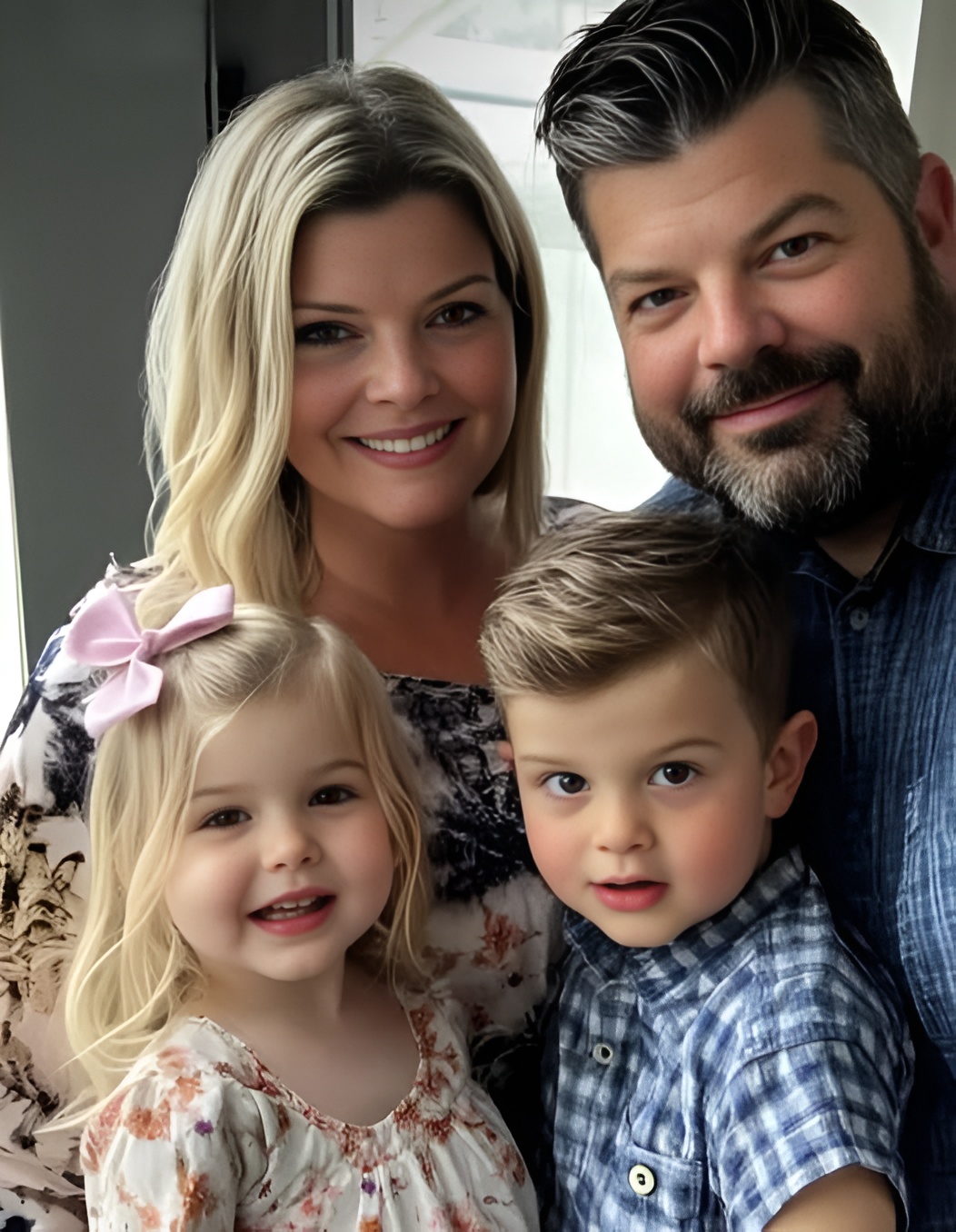
On March 31, 2025, White House Press Secretary Karoline Leavitt found herself at the center of a social media storm—not for anything she said during her North Lawn press briefing, but for what she wore. Standing at the podium, Leavitt delivered her remarks in a green ankle-length dress that featured a bold knee-high slit, paired with brown heels. In another setting, the look may have been considered stylish or even elegant. But in the traditionally formal backdrop of the White House, the outfit sparked an unexpected wave of debate that quickly overshadowed the content of her briefing.
Within minutes of photos and video clips circulating online, social media users began weighing in on her appearance. Instead of focusing on the administration’s messaging, a large segment of public commentary zeroed in on the dress. Critics argued that the fit appeared too tight for the professional environment. One user bluntly commented, “She’s stuffed in that dress,” while another speculated whether she had styled it incorrectly, quipping, “I think your dress is on backward?” Still others complained that the dress simply “didn’t fit her,” dismissing the look as unpolished and unprofessional for such a high-profile role.
The reaction was swift, widespread, and largely critical. And while some comments were lighthearted, much of the discourse highlighted an uncomfortable reality: women in politics and public life are often judged through a dual lens—evaluated not only on their words and actions, but also on their clothing choices, hairstyles, and overall presentation. In Leavitt’s case, a routine briefing quickly spiraled into a conversation about fashion, image, and professionalism in government.
The scrutiny surrounding her outfit underscores a broader cultural dynamic that has long followed women in positions of power. Male political figures are rarely subjected to the same degree of sartorial analysis; a poorly fitted suit or unconventional tie seldom dominates the conversation after a press event. For women, however, the balance between appearing professional, approachable, and stylish is a constant tightrope. A dress deemed “too bold” or “too casual” can shift attention away from the substance of a policy discussion, reducing complex political dialogue to critiques of fabric, fit, and hemline.
For some observers, the online commentary directed at Leavitt represented more than just harmless chatter. They saw it as yet another example of entrenched double standards that place disproportionate value on a woman’s appearance in professional contexts. While no one denies that public figures are always subject to a degree of scrutiny, the intensity of the response to Leavitt’s outfit revealed how quickly fashion can eclipse substance when it comes to women in leadership.
At the same time, others defended her right to wear what she pleases, arguing that the fixation on her clothing detracts from her role as the chief spokesperson for the administration. Supporters pointed out that the green dress was hardly scandalous and that the outrage said more about societal expectations than about Leavitt herself. In their view, the criticism reflected a lingering discomfort with women who challenge the narrow dress codes that have historically defined professionalism in government.
Ultimately, the mini-controversy illustrates how female leaders often navigate a double burden: they must perform the demanding duties of their roles while also managing public reactions to their personal style. For Leavitt, the fallout from March 31 was a reminder that every choice, from word selection to wardrobe, can become fodder for online debate. What was intended as a straightforward press briefing instead turned into a viral conversation about image, appropriateness, and the standards women in politics are expected to meet.
The incident also raises important questions for the future. As younger generations of political leaders emerge, will outdated norms about appearance continue to dominate discourse, or will the focus gradually shift toward substance over style? While the answers remain uncertain, one thing is clear: Karoline Leavitt’s green dress became more than just an outfit. It became a symbol of the persistent tension between professionalism, personal expression, and public judgment—a tension that women in positions of power have faced for decades and continue to confront today.
